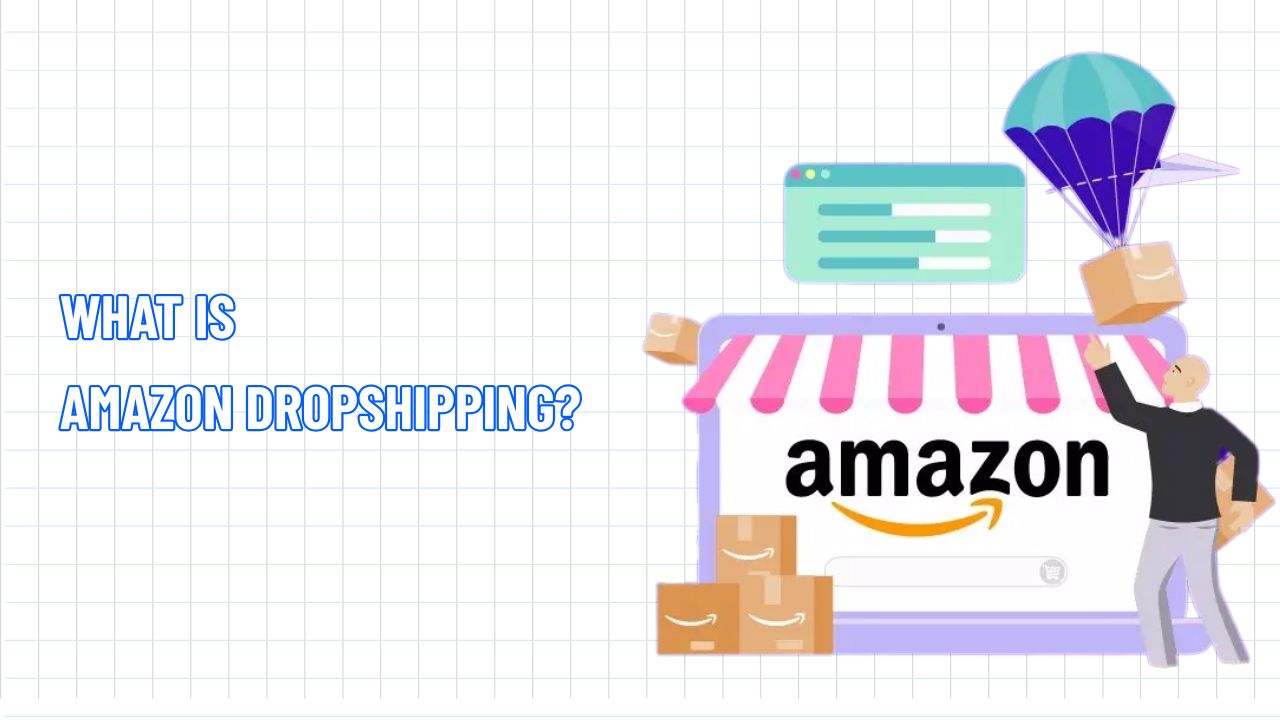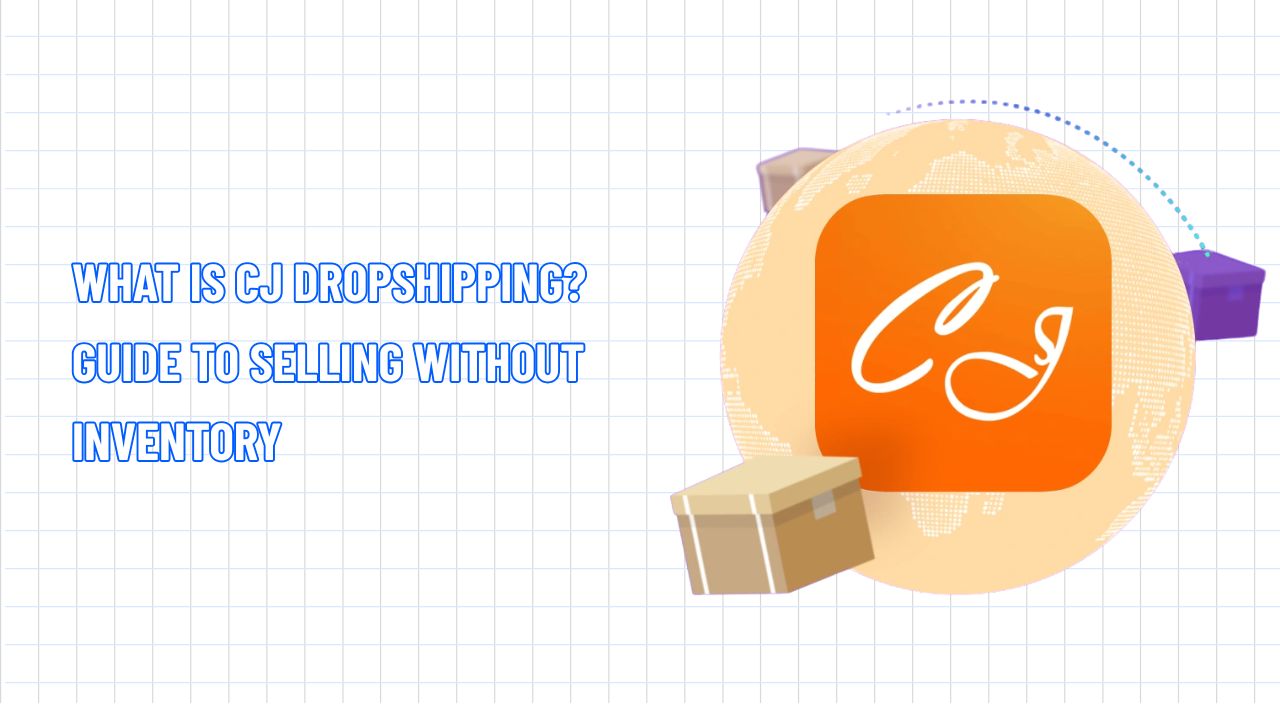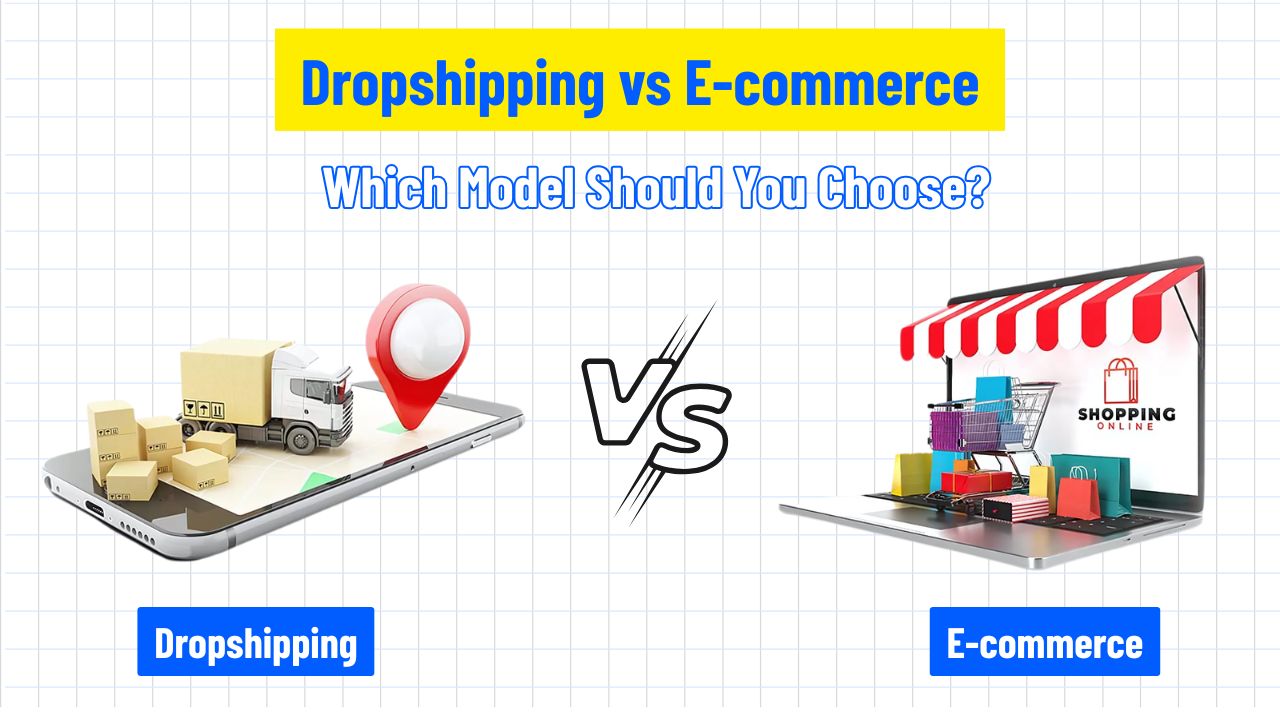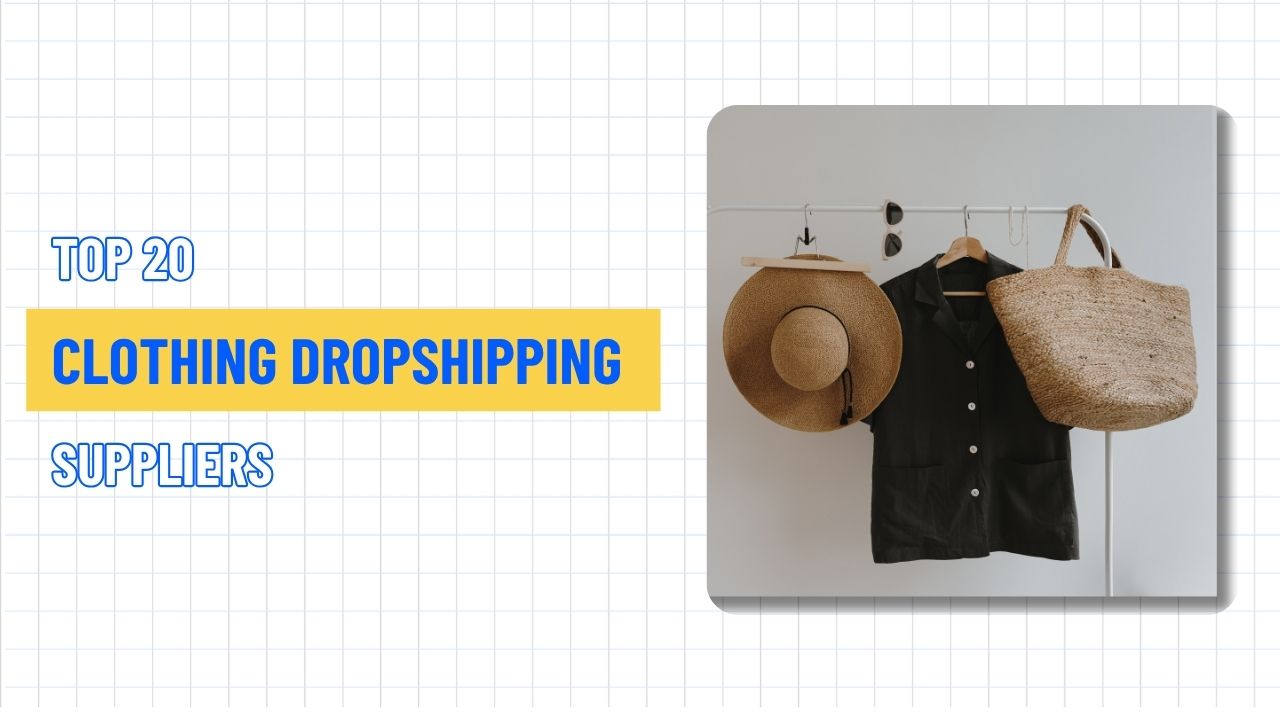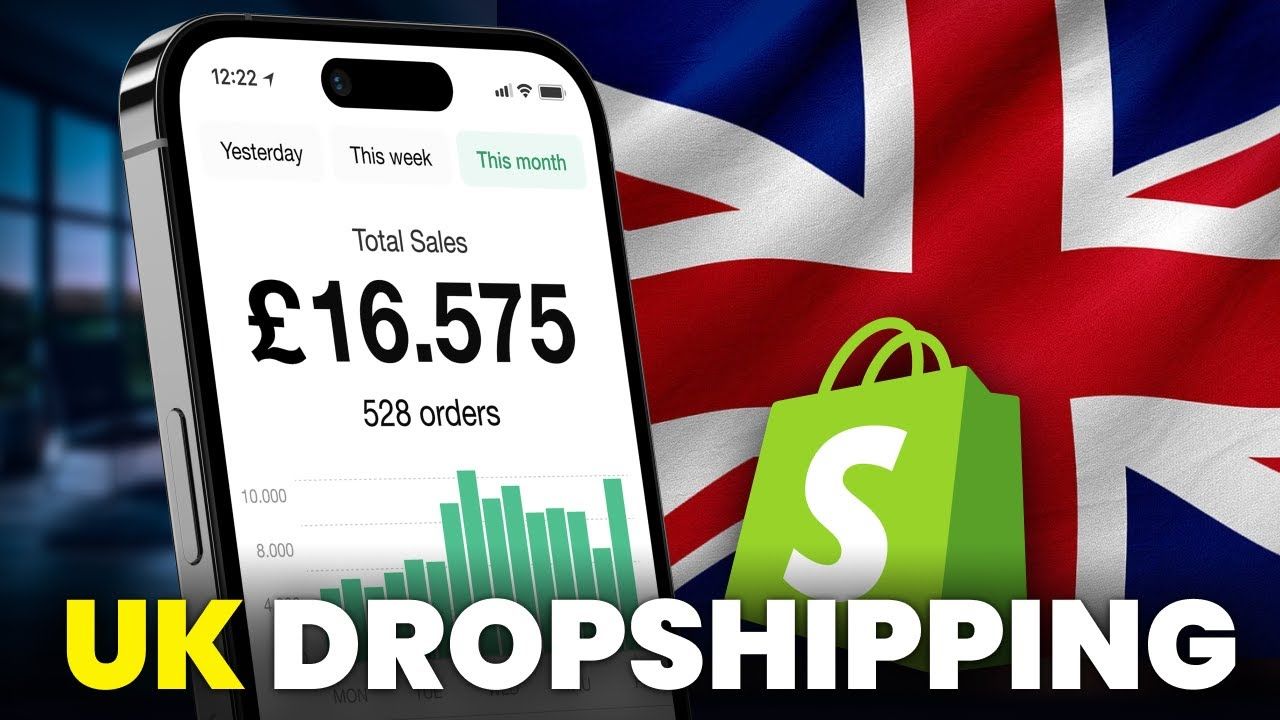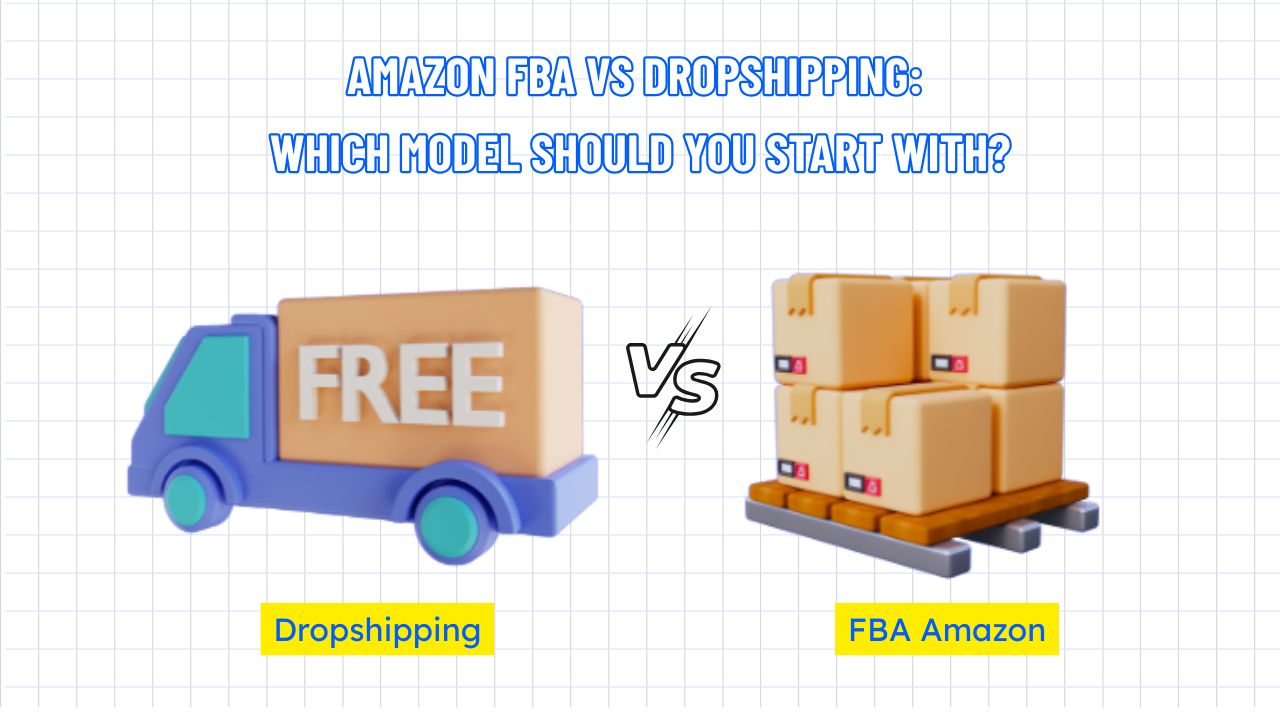What is Dropshipping? Everything You Need to Know in 2025
Table of Contents Hide
Dropshipping is steadily proving itself to be one of the most promising business models in the world of e-commerce. With its standout advantages, low risk, and minimal upfront investment, it has captured the interest of thousands of aspiring entrepreneurs around the globe. But what is dropshipping? Let’s explore it in detail with NextSky in the article below.
Introduction to the dropshipping model
What is Dropshipping?
Dropshipping is a retail business model that allows sellers to run an online store without stocking products, managing inventory, or handling packaging and shipping. Instead, the supplier handles all the logistics and delivers the product directly to the customer. This means the seller primarily focuses on marketing and finding potential customers.
This model is especially ideal for new entrepreneurs because it removes many significant barriers related to costs and operations. According to Grand View Research, the global dropshipping market is expected to reach $464.44 billion by 2025, with a projected annual growth rate (CAGR) of 22.0% from 2025 to 2030. These numbers show just how attractive and scalable this business model can be.
What is a dropshipper?
A dropshipper serves as the link between supplier and customer, managing everything from pricing, payment collection (including taxes), and marketing to ensure the right audience is reached. Once an order is placed, they coordinate delivery with the supplier and handle all post-sale services, including customer support, returns, and complaint resolution.
How does dropshipping work?

After understanding the concept of "What is dropshipping?", let's take a closer look at how this business model works through the following step-by-step process.
Setting up an online store
The process begins when the seller creates an online store using platforms like Shopify. Here, you'll build a product catalog using descriptions and images provided by your supplier. Even though you don’t own the inventory, as a dropshipper, you’ll market and sell these items just like a traditional retailer.
Customers place an order
Shoppers browse your website, select the products they like, and proceed to checkout. The buying experience should feel smooth and seamless, with customers unaware that a third-party supplier is involved in fulfilling the order.
The retailer forwards the order to the supplier
Once a customer places an order, the retailer (you) immediately sends the order details to the dropshipping supplier. At this point, you pay the wholesale price so the supplier can take over the fulfillment process.
The supplier processes and ships the product
The supplier picks, packs, and ships the item directly to the customer’s address. Your brand name appears on the packaging to make it look like the product came straight from your store. This step is crucial to keep the dropshipping operation invisible to the customer.
The customer receives the product
The item is delivered to their door like any other online purchase. The retailer is responsible for customer service and after-sales support if the product has an issue.
What are the pros and cons of dropshipping?
After understanding what dropshipping is and how the model operates, let’s dive deeper into the advantages and limitations of running a retail business using this method.
Advantages of dropshipping
- Low startup cost: One of the most significant advantages of dropshipping is that you don’t need to invest money upfront to purchase inventory. This helps eliminate the risk of unsold stock and eases financial pressure.
- Easy to set up: With this model, you don’t have to worry about renting a warehouse, packaging products, or handling shipping. The supplier takes care of all the logistics. Your main job is to focus on sales and marketing.
- Flexible product selection: Dropshipping allows you to test different products that match customer interests without the financial burden of buying in bulk. This makes it easier to adapt to market trends.
- Work from anywhere: As a dropshipper, you can manage your store anytime, anywhere with an internet-connected device. This especially appeals to people who prefer remote work and value flexible schedules.
Disadvantages of dropshipping
- Low profit margins: While dropshipping offers operational convenience, it also tends to have lower profit margins. This is mainly due to high market competition and ongoing price wars between sellers.
- Limited control over shipping: Relying entirely on suppliers for shipping can hurt your brand’s reputation if delays or delivery mistakes occur.
- Saturated market: Because starting a dropshipping business is easy, many sellers offer the same products. This makes it harder to attract customers unless you create a unique niche or build a strong, distinctive brand.
- Customer service responsibilities: As the official seller, you're responsible for handling returns, refunds, and customer inquiries, even if your supplier caused the issue.
- Shipping complications: If you work with multiple suppliers, shipping times and costs may vary. This can lead to longer delivery times or unexpected import fees for your customers.
Read more: Shopify Dropshipping Guide [2025]: Step-by-step for Beginners
Key players in the dropshipping model

- Seller of Record: As a seller, you will be the name on the transaction, decide the selling price, record revenue, and be responsible for taxes. Although you don't directly ship, you are still the official seller because you own the product before delivering it to the customer.
- Manufacturer: A company that directly creates a product and typically sells it wholesale to a distributor or retailer. Some manufacturers also support dropshipping, but the minimum order requirements can be challenging for small businesses or startups.
- Wholesalers: A bridge between manufacturers and retailers, they buy in bulk and resell at a markup. Although they do not serve end consumers, many wholesalers still support dropshipping, helping retailers reduce the operational burden.
How to start dropshipping
Starting dropshipping isn’t too complicated; you just need to follow the right path. Here’s a step-by-step guide to help you build a solid dropshipping business, from zero to your first order.
Research your niche
Choosing the right niche with high demand is the golden key to increasing your chances of success. You can use tools like Google Trends or check out trending hashtags on social media to follow consumer behavior and identify promising customer segments that match your long-term business goals.
Analyze your competitors
Understanding your competitors is crucial to discovering market gaps your brand can fill. Tools like SimilarWeb, SEMrush, or Google Trends can help you gather valuable data and insights to craft an effective competitive strategy before launching your products.
Choose a reliable supplier
A trustworthy supplier is the backbone of a sustainable dropshipping business. Don’t just look at product prices or catalogs. Pay attention to delivery speed, customer service quality, and order handling efficiency. Feel free to request product samples or speak directly with the supplier to test their professionalism and support in case of issues.
Build your online store
Your website is the face of your brand to global customers. Building an online store with Shopify, especially when combined with high-quality Shopify themes from NextSky such as Glozin, Agile or Umino, will give you a modern, SEO-optimized interface with fast loading speeds and smooth performance on all devices.
Select your dropshipping products
Once you’ve chosen your products, simply import them into your store. Edit the descriptions to match your brand’s voice, keep them short, clear, and appealing. Use lifestyle photos to make the products look more realistic and trustworthy. Prices and inventory will sync automatically, allowing you to focus on marketing and customer care.
Set up your business structure
Your business structure can affect both legal compliance and growth potential. You can start as a sole proprietor, but it's smart to register as an LLC or equivalent in your target market for long-term scaling. For the EU, learn about VAT and other tax responsibilities.
Read more: Is dropshipping legal? A compilation of laws you need to know
Set up your finances
Financial setup is the foundation of a stable business. Open a separate bank account, use accounting software, and track cash flow regularly to manage your operations effectively. You can refer to a detailed dropshipping business plan for financial guidance.
Market your business
Marketing is the key to getting your products in front of the right people. A strong marketing plan should include multi-channel advertising (Facebook, TikTok, Google), email campaigns, SEO, and influencer partnerships. Invest in valuable content and excellent customer service to build trust and long-term conversion rates.
Read more: How to Start Dropshipping Business? Step-by-Step Guide in 2025
Is the dropshipping model right for you?
Dropshipping is an excellent option for anyone looking to enter the world of e-commerce with low risk. It allows you to test new product ideas and scale your business without making a significant upfront investment in inventory. Before you get started, ask yourself these key questions:
- Are you willing to accept lower profit margins in exchange for minimal startup costs?
- Do you have the time and skills to build a brand and market your products effectively?
- Can you handle challenges like supplier reliability and managing customer expectations?
The difference between dropshipping and traditional retail
Both the dropshipping model and traditional business have their unique characteristics. To better understand the differences between these two approaches, look at the comparison table below.
|
Aspect |
Dropshipping |
Traditional Retail |
|
Inventory Management |
No inventory held, managed by supplier |
Retailer purchases and stores inventory |
|
Startup Costs |
Low (website, marketing) |
High (inventory, warehousing, logistics) |
|
Order Fulfillment |
Handled by the supplier |
Retailer fulfills orders directly or through third-party services |
|
Profit Margins |
Lower due to high competition |
Higher margins, but inventory risk is significant |
|
Scalability |
Easily scalable with minimal infrastructure |
Scaling requires a significant investment in operations |
Now you have a clear understanding of what is dropshipping, along with its advantages and disadvantages. If you're planning to start a business, it's essential to carefully consider different business models before making a wise decision. Dropshipping is one of the potential options worth exploring. NextSky wishes you success with your choice!



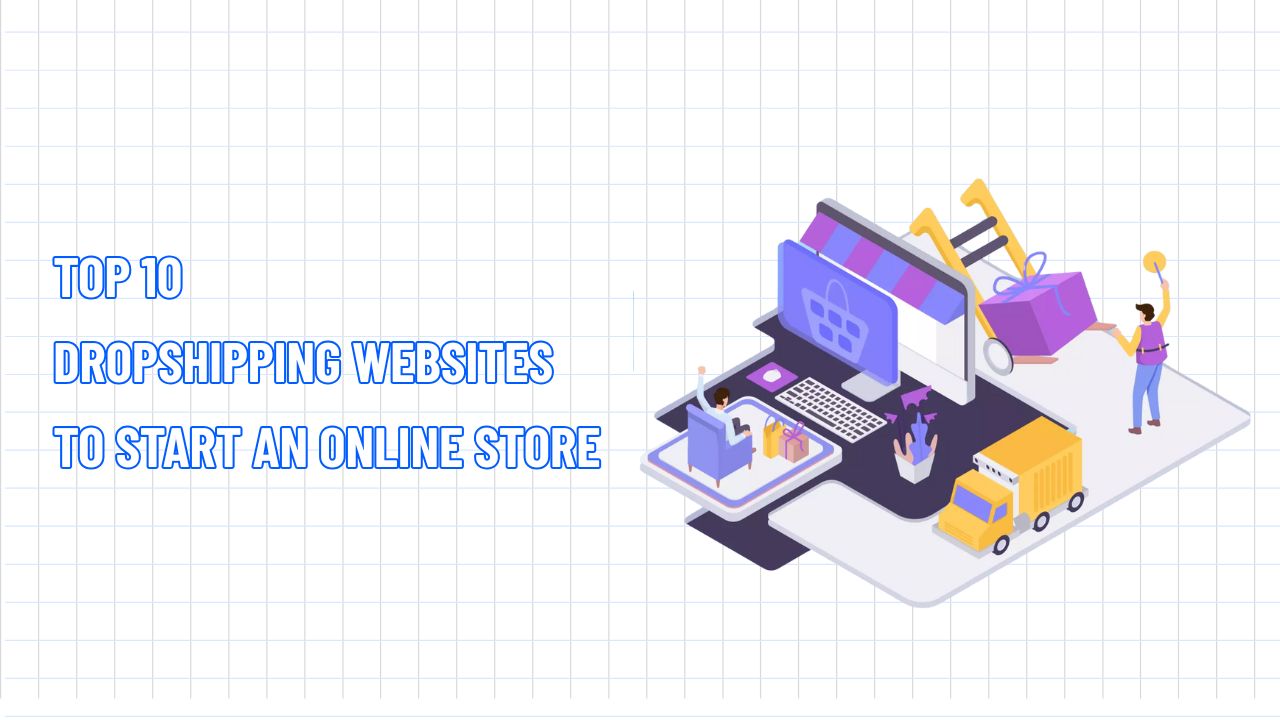
![[2025] AliExpress Dropshipping: A-Z Guide for Beginners](http://nextsky.co/cdn/shop/articles/aliexpress-dropshipping_68a937c9-3a8c-460e-b6a7-a9182d5fc4a2.jpg?v=1751219977&width=1280)
